Jedburgh and the Mysterious Near-Death of Mary, Queen of Scots
For a fleeting period of time, in the autumn of 1566, those standing around the bed of Mary, Queen of Scots thought she was dead. Her near demise has often been blamed on an extraordinary 50-60 mile round-trip that Mary undertook, on horseback, from the town of Jedburgh to visit the badly wounded Earl of Bothwell at Hermitage Castle – a feat completed within the same day. Sadly, many accounts, which are easily accessible online, have reduced the story to its bare-bones. This is a shame, as the ‘full’ story, based on contemporary letters, reveals an altogether much more dramatic sequence of events.
When I set out to write this blog, all the online accounts that I read regurgitated the same story. The tale goes along these lines; Mary visited Jedburgh; while there, she heard the news that the Earl of Bothwell had been mortally wounded. The Scots Queen set out to ride to where he lay at his castle in the Borders, returning to Jedburgh the same day. It was a gruelling ride and soon after, she fell mortally ill and was thought to have died. Thanks to the intervention of her physician she eventually made a miraculous recovery.
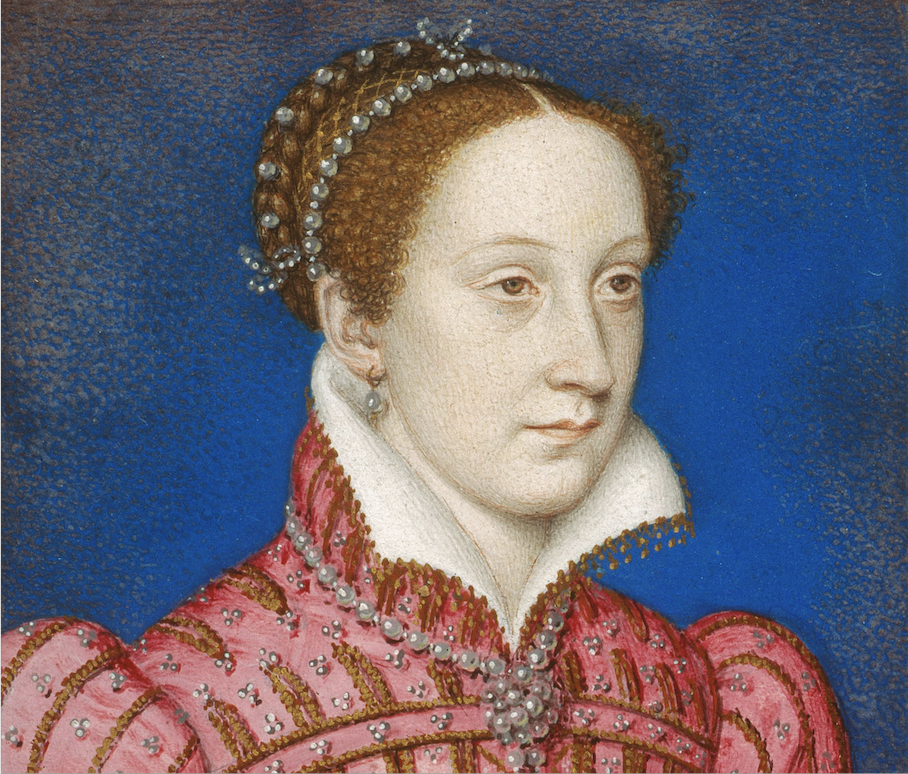
My intention was to delve a little deeper into the likely cause behind Mary’s illness and highlight the importance of Jedburgh as a place to follow in the footsteps of Mary, Queen of Scots.
As an ex-medic myself, I am fascinated by attempts to unravel what lies behind various sixteenth-century accounts of illnesses that were little understood at the time. With my medical background, I could not help but be drawn in by a more detailed and riveting account of Mary’s illness, which I stumbled across in Mumby’s The Fall of Mary Stuart, published in 1921. This was the first account that I came across that recounted in greater depth the nature of the symptoms suffered by the Scots queen, drawing directly original sources. It describes the progression of the illness, as witnessed by those around the queen, which was recorded in various letters penned at the time. Interestingly, the publication of the book in 1921, stimulated correspondence in various medical journals, including The New England Journal of Medicine and The Lancet, with medics taking their best guess at just exactly what did happen to Mary over those few days in the autumn of 1566.
As I continued to read, I was lead from one account to another; some primary and some secondary; from original letters to later historical accounts dating from the early nineteenth century, twentieth and twenty-first centuries. All these are listed at the end of the blog and as some of them are online, you can read them for yourself. While the essence of the story aligned across all sources, it did not take me long to find some conflicting accounts of exactly what took place in October 1566, including in the contemporary letters collated in the Calendar of State Papers for Scotland (CSP). This, I admit, has been confusing!
So, in the end, this blog will not only cover Jedburgh as an interesting location for anyone wanting to travel in the footsteps of Mary but will, I hope, provide a much more comprehensive account than is often found online of the Scots queen’s illness at Jedburgh when her life hung precariously in the balance. Along the way, I will try and highlight the discrepancies I have noted thus far and my differential diagnosis of Mary’s near-death encounter.
The Scots Queen Visits Jedburgh
Jedburgh is situated about 20 miles or so within the Scottish lowlands. Today it is in the county of Roxburghshire, about 40 miles southeast of Edinburgh. During her relatively short, six years living in Scotland as its reigning monarch, Mary travelled extensively throughout her kingdom. This was partly so that she could be seen by her people. However, another requirement of the monarch at the time was to fulfil a role in administering justice throughout the realm. This the king or queen would do so in the ‘eyre courts’ (I have also seen it written as ‘ayre’ or ‘oyer’), which were held provincially throughout Scotland.
In 1566, when Mary was 23 years old, the Scots queen came to the town of Jedburgh for that very purpose. The Border area was lawless and had seen such a rise in crime that was thought to reflect a certain level of ‘contempt and disowning’ of Queen’s authority in her Realm. Thus, Mary decided to hold a justice court at Jedburgh ‘for the trial and punishment of all loose, disorderly, and traitorous persons’ (according to a proclamation made a Jedburgh). As James Hepburn, the Earl of Bothwell was Lord Lieutenant of the area, Keith’s History of the Affairs of Church and State in Scotland states that Mary dispatched him ahead of the royal court and council to prepare the way for the arrival of the queen.
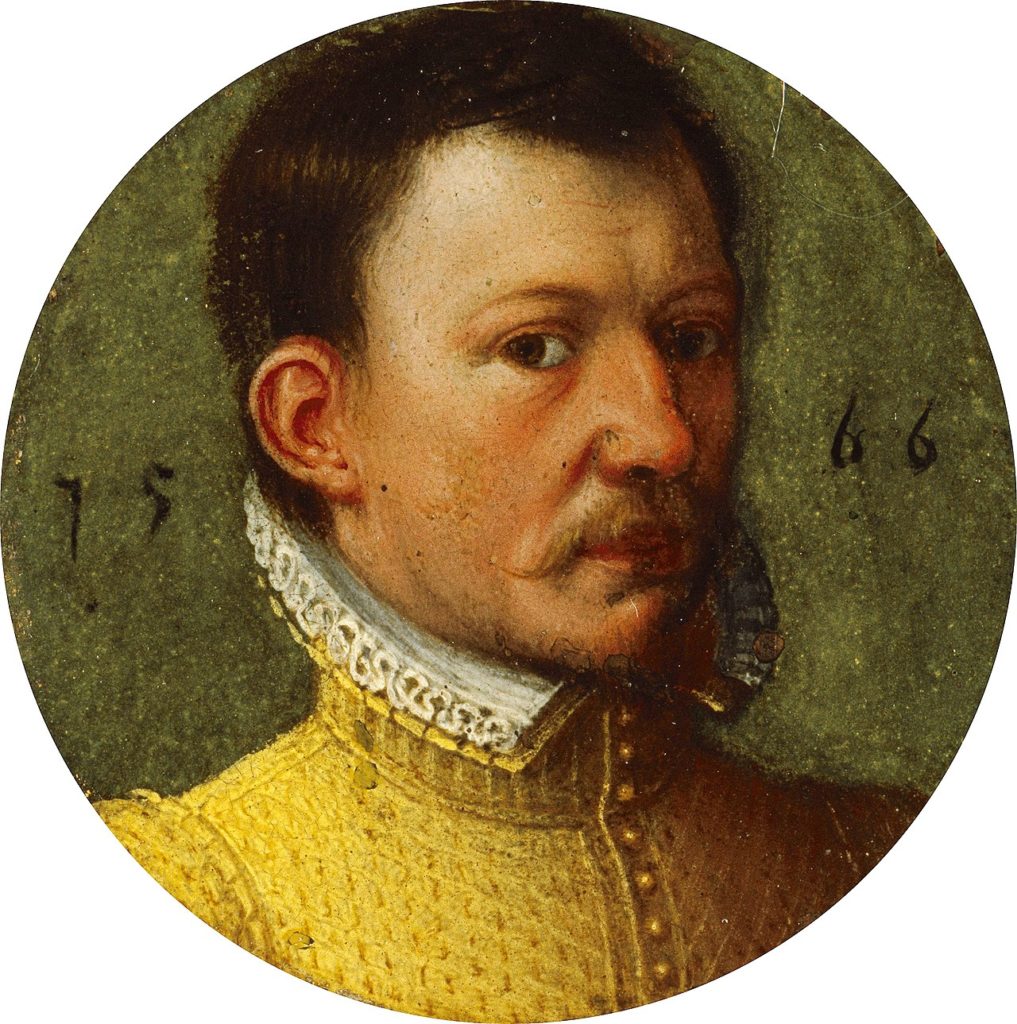
The same account has Bothwell leaving Edinburgh in the afternoon of the 6 October. Mary rode out a couple of days later, reaching Jedburgh on the 8 October (Rethe Warnike’s account gives the 9th as the date). The following day, she met with her counsellors to set tariffs in the town. This was to prevent merchants from taking advantage of the higher demand brought about by the influx of courtiers to the town. Meanwhile, on 7 October (possibly 8th according to some accounts), Bothwell had been seriously wounded in a skirmish close to one of his properties: Hermitage Castle. This was located some 24 miles away, in Liddesdale, also in the Scottish Borders.
The Earl had been exerting his authority in the area on behalf of the queen. Along the way, he had encountered ‘John Eliot of the Park’, a notorious thief and murderer. The pair ended up in hand-to-hand combat; Bothwell shot Eliott in the thigh and the latter subsequently died but not before Bothwell was attacked with a ‘two-handed sword’ and was hurt ‘in divers parts of his body and head, that hardly he escaped with safety of his life’. The Earl was carried back to the castle. According to John Guy, there were initial reports that the Earl was dead. However, it soon became clear that he was alive, although some thought that he was likely to die on account of the injuries he sustained. There is a letter in the CSP for Scotland dated 14 October from Lord Scrope to William Cecil stating, ‘Has learned that although Bothwell was carried in a cart for dead yet is he recovered.—Carlisle.’ So far, so good.
It has often been reported that Mary rushed to his side upon hearing the news and that this was a sign that they had already developed a relationship. Of course, we know that, in time, Mary would come to marry the Earl after a rather questionable episode when the Scots Queen was abducted by Bothwell at Linlithgow Bridge as she was leaving her palace at Linlithgow. That is perhaps another story for another time!
Confusingly, a letter in the CSP for Scotland dated 15 October from Sir John Forster to Cecil says that ‘Bothwell came this day to Jedburgh in a litter.‘ And yet, on 17 October, Lord Scrope writes again to Cecil from Carlise that ‘The Queen of Scots on Tuesday the 15th instant, visited the Earl of Bothwell at the Hermitage.’ So, we have two different primary sources giving two completely opposite accounts of what happened on the same day – did Bothwell come to Jedburgh to see Mary, or was it the other way around? Neither of the two historians, whose bios of Mary I have read, mentioned the first letter and I am left wondering why? if you know, I would love to hear from you!
However, what does seem to be true is that contrary to some accounts you may read, Mary did not drop everything and go to Bothwell’s bedside. If she did indeed travel to Hermitage Castle (and let’s assume that is the version of events), she waited for the court business to be concluded before riding out from Jedburgh on the 15 October, accompanied by some of her council, including the Earl of Moray. Keith, Warnicke and John Guy’s all conclude that Mary’s business was primarily State business and not personal. Although, her visit was clearly a mark of deep personal respect for one of her councillors, who had been severely injured during the course of carrying out his faithful duty to the monarch.
Mary’s near 60-mile roundtrip to Hermitage Castle was quite some feat of personal endurance: although certainly not impossible if the weather was fair. Nobody knows quite why Mary undertook such an exhausting ride, staying for only 2 hours at the Hermitage, according to Tytler’s History of Scotland. It is possible that there was not enough room to lodge a royal court at Hermitage Castle and so she felt compelled to return to Jedburgh. It is also possible that with Hermitage Castle being only some 10 miles from the English border, she felt unsafe to remain there, as the land was always subject to incursions from the English, making the Scottish queen vulnerable to attack.
A Mysterious Illness Strikes…
Although Mary was still a young woman in her prime, from an early age she seems to have had a delicate constitution. Furthermore, we should remember that 1566 was the most traumatic and eventful year yet for the Scots queen. She had witnessed the horrific murder of her secretary, David Rizzio in March, had fled fearing for her life to ultimately take refuge, then give birth to her son, at Edinburgh Castle in June. All the while, Darnley had been a persistent thorn in her side and their earlier, intense romance of mid-1565 had disintegrated into squabbles, arguments, threats and recriminations. Although she had rested following the birth of her son through June and July, Mary must have been exhausted from the relentless stress and pressure arising from the events of the previous few months.
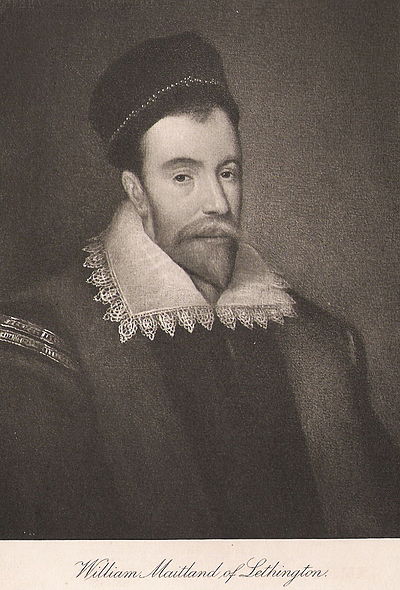
On this occasion, the extraordinarily long ride to Hermitage Castle took its toll. For shortly after arriving back at Jedburgh, Mary fell dangerously ill. To try to unravel just what happened, we can now turn to various accounts, which go into some detail regarding the events as they unfolded over several days. Contemporary sources come largely from letters sent from those who were apparently physically close to Mary at the time, including William Maitland, Bishop Lesley and the new French Ambassador, Philibert Du Croc. Once again, although the essence of all the accounts tells the same story, the details and sequence are a little more tricky to put together…
According to Warnicke, by 17 October, Mary was suffering from severe left-sided abdominal pain. Her physician diagnosed a disorder of the spleen. She then vomited 50-60 times. Keith states that at first she ‘swooned away and lay as dead for the space of two hours‘. Then, the ‘fever became so violent as to deprive her of the use of her senses‘. Clearly, Mary rallied and a letter from the aforementioned French ambassador says that: ‘We begin to have more hope of the Queen, for the present, the doctors have no fears. She has vomitings after what she takes, which are a little troublesome‘.
Whatever was afflicting the queen seemed to wax and wane in severity over several days. One minute, Mary seems to have been on death’s door, the next the worst seems to have passed and everyone is breathing a sigh of relief. However, Mary certainly feared for her life. She ‘desired the Lords present to pray for her, and behaved herself with much piety and wisdom during all the course of her illness, and her Majesty was pleased to recommend her son to the guardianship of the Queen of England‘. Prayers were said for her in the churches of Edinburgh.
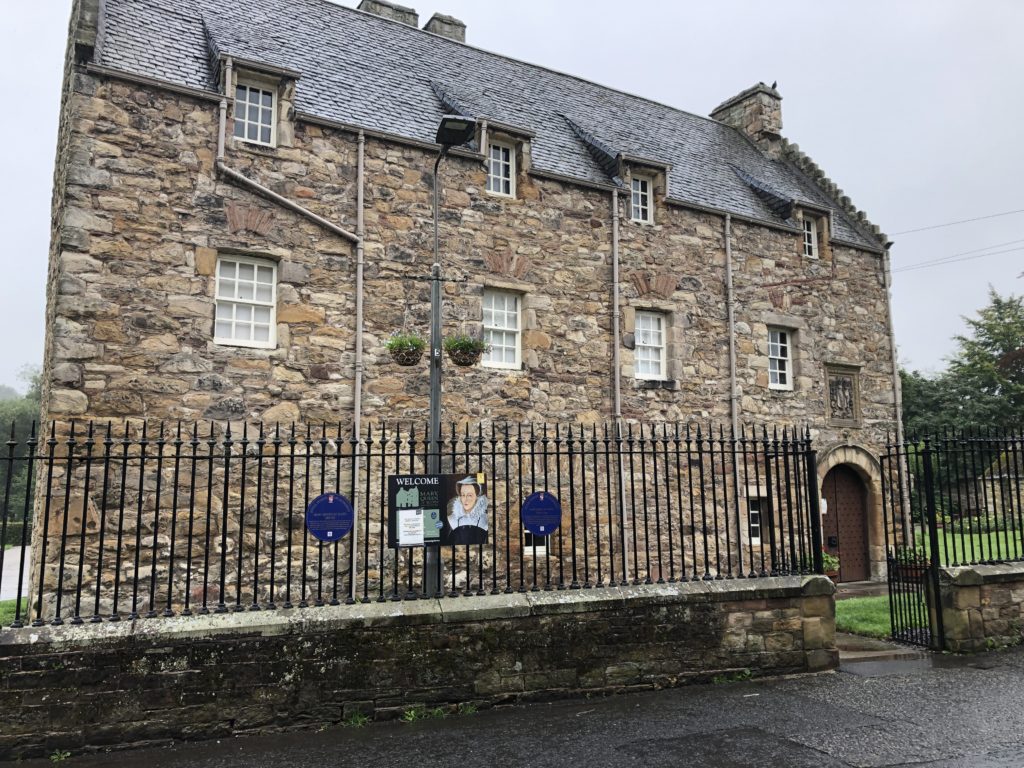
On 24 October, William Maitland, one of Mary’s Councillors, who was at Jedburgh, wrote to Cecil that, ‘The Queen of Scots has been so sick that her life was in danger.’ Du Croc reports on the same day that Darnley ‘has not come to this place, although he has both received advertisement, and has had time enough to come had he been willing. This is such a fault as I know not how to apologize for it‘. He also reports that Mary’s ‘whole body became so cold that those present thought she was dead. The Earl of Murray began to lay hands on the most precious articles, such as her silver plate and rings.’ Mary must have been in this moribund state for time enough that, ‘mourning dresses were ordered and arrangements made for the funeral.’ It seems, therefore, that Mary was in a coma, a deeply reduced state of consciousness, with no obvious signs of life. Despite this, at some point, ‘Gradually the Queen regained consciousness.’ Once more though, this was not the end of Mary’s ordeal.
A second letter, written a few days later, this time from one of Mary’s most steadfast supporters, Bishop Lesley, to Archbishop Beaton, describes how Mary became ill again within a few days and that the Queen began, ‘swooning again and failed in her sight. Her feet and knees were cold. Her Majesty got some relief until about six hours in the morning on Friday when Her Majesty became dead, and all her members cold, eyes closed, mouth fast, and feet and arms stiff and cold.’ This could suggest cardiovascular collapse, in other words, an extreme drop in blood pressure, which was so severe as to render no real signs of life. Nevertheless, ‘Master Nau [Mary’s physician], who is a perfect man of his craft, would not give the matter over in that manner, but anew began to draw her knees, legs, arms and feet and the rest, with such vehement torments, which lasted the space of three hours, until Her Majesty recovered her sight and speech, and got a great sweating, which was held as a relief of the sickness.’
Without the availability of any modern cardiovascular support, such as a transfusion, Mary’s physician’s efforts were heroic – and nothing short of genius! Interestingly, he also poured wine down her throat (which might well have choked her if she had been unconscious at the time). Nevertheless, he seems to have gotten away with that. Instead, it was reported that the Queen then vomited a large amount of blood (‘old’ blood, according to John Guy), before beginning to regain consciousness and slowly coming back to health. On 26 October, Maitland writes again to Cecil that ‘Upon a new accident which fell to the Queen yesterday morning, for half an hour they were all desperate of her life, but now they perceive evident signs of convalescence.’
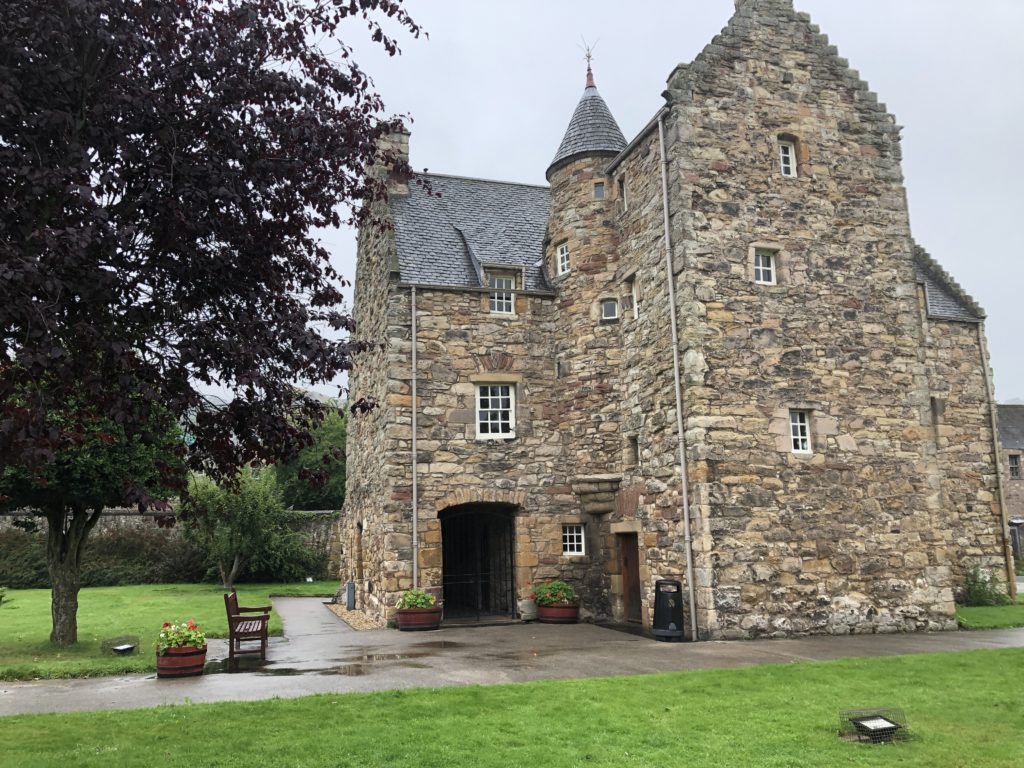
Mary was on her way back to health. But what was the cause of her illness? There seem to be two leading hypotheses. All the sources I looked at raised the possibility of a ruptured gastric ulcer, brought on by excessive stress. Haemorrhage into the stomach could have accounted for the acute onset of symptoms, blood in the stomach and cardiovascular collapse resulting in unconsciousness. The other possibility is porphyria, a genetically linked enzyme deficiency affecting the liver. While John Guy dismisses this possibility out of hand, I am not so sure and don’t understand the basis of his outright rejection of this possibility. The symptom profile fits well. Warnicke also highlights that clinical observations of Mary’s son, James, while King of England and Scotland displayed similar symptoms. Furthermore, two later Hanoverian Kings of England ‘tested positive for the disorder’. Both were also direct descendants of Mary. I have not investigated this but if you wish to read Warnicke’s account, you can grab yourself a copy of the book (detailed below).
Mary, Queen of Scots House at Jedburgh
But where exactly did all this happen? Legend has it that this traumatic incident unfolded in a tower house at Jedburgh, which today is known as Queen Mary‘s house. There is some controversy as to whether the current house, which stands in well-tended, pretty gardens, is the original building in which Mary lay gravely ill. Some historians have argued that the house was built during the reign of her son James VI of Scotland. Therefore, the events could not have unfolded in the building that you can see today if you visit. However, it is not the original house, it certainly stands in the same position.
There seems to be another distinct possibility. At the time, whatever building was on the site, it was certainly owned by the Kerr family. They also owned nearby Fernlie Castle and there is some suggestion that Mary may have been cared for there during her short illness.
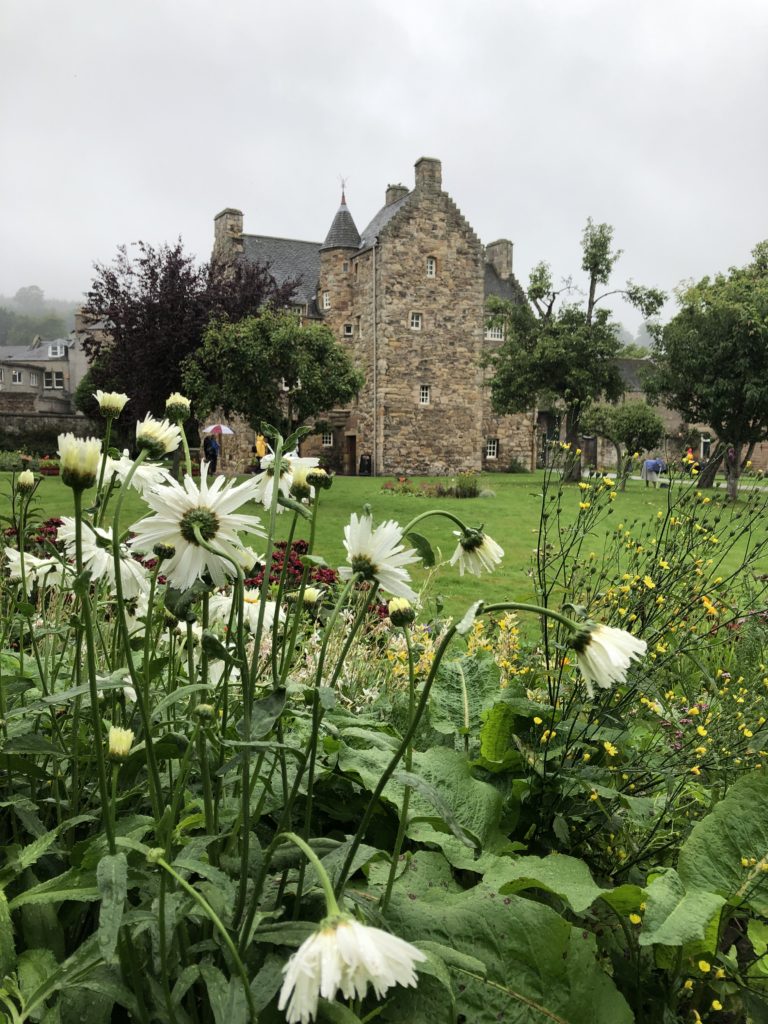
Today, this three-story tower house has been converted to a museum in honour of the Scots Queen. And so it is possible to gain access to those upper rooms in which, for a fleeting period of time, Mary’s life hung in the balance. Mary herself must have hoped that her annus horribilis was over. She could not have envisioned that if 1566 was a traumatic year, the following, 1567, would be infinitely worse. Mary would lose her crown, be imprisoned, miscarry twins and flee for sanctuary to England. At the end of that long road, while awaiting execution at Fotheringhay, she herself lamented, ‘would that I had died at Jedburgh’. It was a close-run thing…but cruel fate had not finished with the scots Queen.
Visitor Information
I was lucky enough to visit during my recent trip to Scotland, following in the footsteps of Mary, Queen of Scots. The tower house is sited close to the main high street, amidst pretty gardens, which are well cared for and in the summer months, full of flowers. There are a couple of car parks in walking distance, including Jedburgh Car Park that sits on the outskirts of the town beneath the town’s impressive abbey ruins, or another off the A68, near Jedburgh Tourist Information Centre. Jedburgh is a relatively small town, so unless you have mobility issues, either car park is within a 5-10 minute walk of the tower house, which today is called the ‘Mary, Queen of Scots Visitor Centre’.
You are unlikely to miss the impressive ruins of Jedburgh Abbey, the most obvious and impressive historic building related to the town. Under normal circumstances, you can explore the ruins for yourself. for a link to the visitor information website click here. It was attacked and burnt twice by invading English forces but its ultimate demise came in 1559 when it was suppressed as part of the Protestant Reformation in Scotland.
Sources
History of the Affairs of Church and State in Scotland, from the beginning of the Reformation to the year 1568. Vol 2, p. 462, by The Right Rev. Robert Keith. 1845.
Calendar of State Papers for Scotland
My Heart is my Own, by John Guy. 2004.
Mary Queen of Scots, by Rethe Warnicke. 2006.
History of Scotland, Vol 7, by Patrick Fraser Tytler

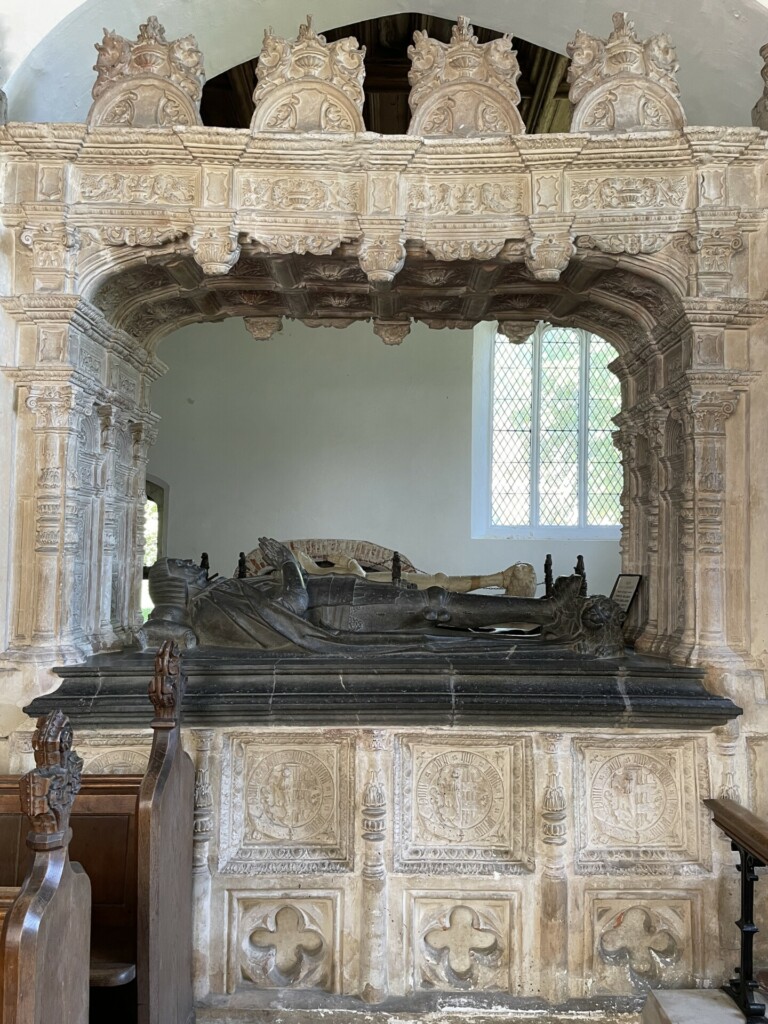
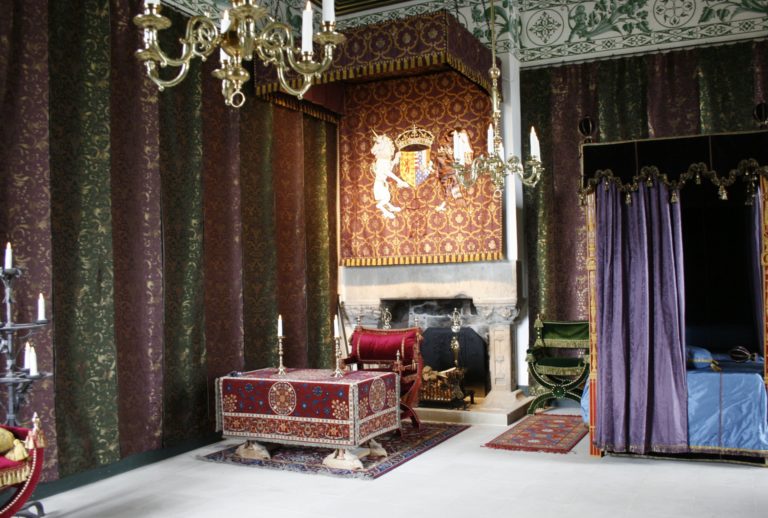
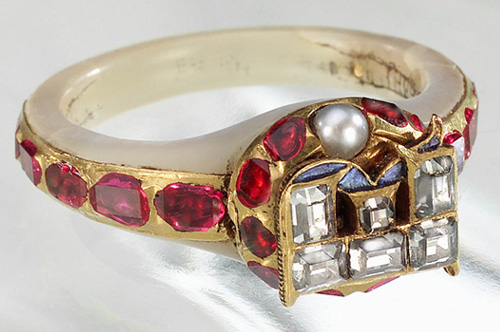
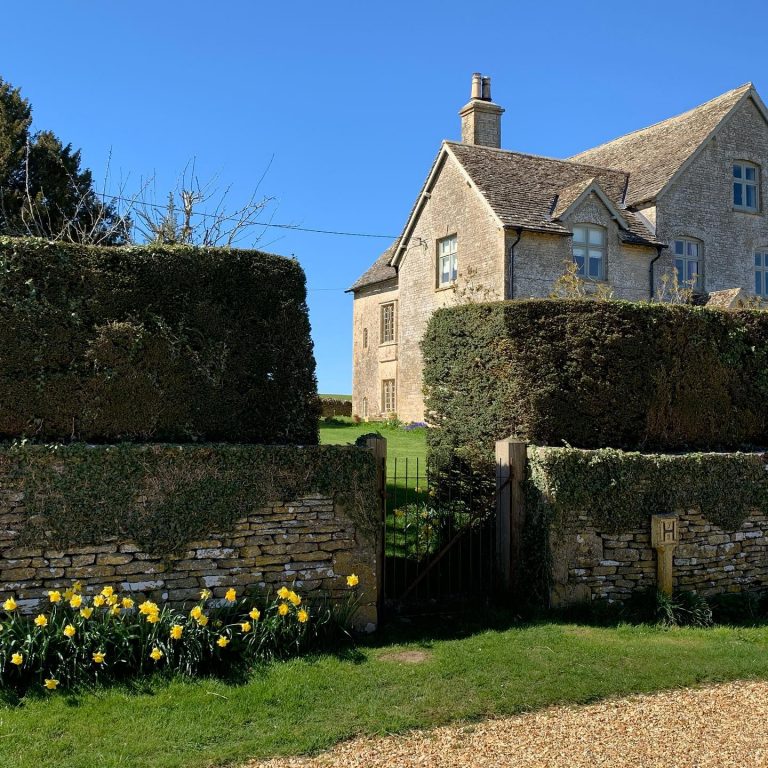
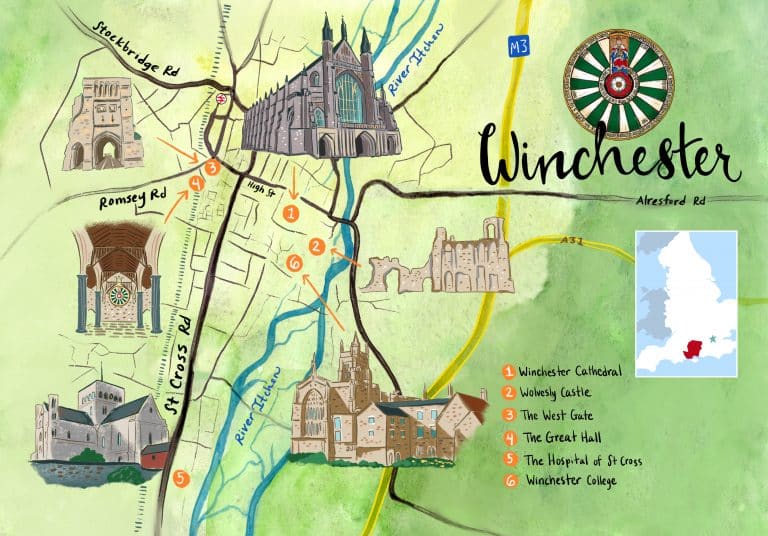
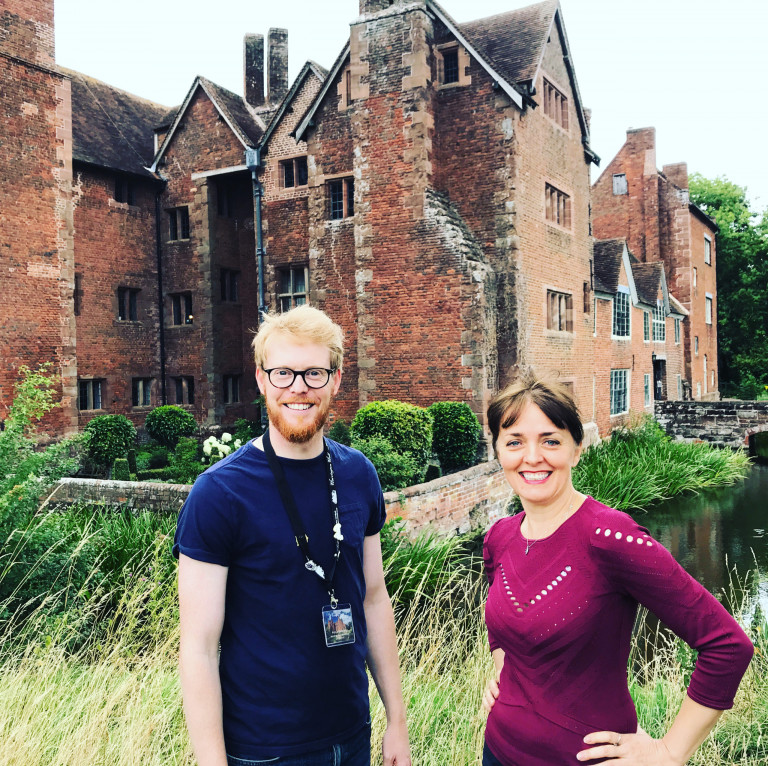
Sarah, once again I am in awe of the incredible work you do to bring history alive. Please know that your blogs and podcasts are heartily anticipated and especially during this ‘annus horriblus’ have been a welcome escape. Keep on keeping on! Best wishes from a fan in Australia..
Hi Margie! How lovely to hear from you. Thank you so much for your words of support – and thank you for tuning in. : )
Dear Sarah, as always, your passion and dedication to your historical subject shines through. With much appreciation for your sterling work from Colleen Cox XXX
Thank you so much, Colleen. x
This is absolutely fascinating Sarah, I have never read anything about this part of Mary’s life in such detail thank you! I find her relationship with Bothwell so intriguing. I read your blog with great interest and always learn something new. Carol
Thank you, Carol! It was really fun to write this one.
I so enjoyed your podcast very interesting x informative
Thank you!
Dear Sarah,
Another very interesting post in this series.
Porphyria has long featured in studies of the Royal family. It was really publicised as the cause of King George III’s “madness” and became the accepted explanation, although doubt has been, I understand, expressed in recent years by some commentators. John Röhl did a lot of research on the disease in the nineteenth and twentieth century, notably the family of Queen Victoria’s eldest daughter, the Empress Frederick, and her eldest daughter, and her only child, who appear to have shown very clear symptoms. I understand some members of other branches of the Hanoverian family have the condition, although not all by any means of the descendants of King George III. Like haemophilia it can be there or it might miss an individual, and indeed their descendants.